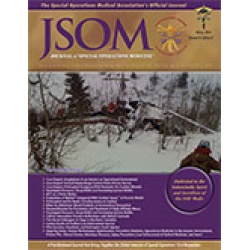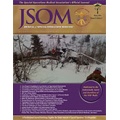Point Prevalence Survey for Tick-Borne Pathogens in Military Working Dogs, Shelter Animals, and Pet Populations in Northern Colombia
McCown ME, Alleman A, Sayler KA, Chandrashekar R, Thatcher B, Tyrrell P, Stillman B, Beall M, Barbet AF 14(4). 81 - 85 (Journal Article)
Background: Based on the high tick-borne pathogen results from a 2011 surveillance study in three Colombian cities, an in-depth point prevalence survey was conducted to determine the seroprevalence of tick-borne pathogens at a specific point in time in 70 working dogs, 101 shelter dogs, and 47 client-owned dogs in Barranquilla, Colombia. Results: Of the 218 serum samples, 163 (74%) were positive for Ehrlichia canis and 116 (53%) for Anaplasma platys. Exposure to tick-borne pathogens was highest in shelter and working dogs where more than 90% of the samples were seropositive or positive on polymerase chain reaction for one or more organisms as compared to 51% in client-owned animals. Conclusion: Surveillance for exposure to tickborne pathogens provides vital information necessary to protect and conserve the health of local humans and animals, deployed military service members, and working dogs in various parts of the world. This study and resultant data demonstrate the value of following a broadbased surveillance study with a more specific, focused analysis in an area of concern. This area's high levels of exposure warrant emphasis by medical planners and advisors on precautionary measures for military dogs, Special Operations Forces personnel, and the local public.


 Español
Español 




